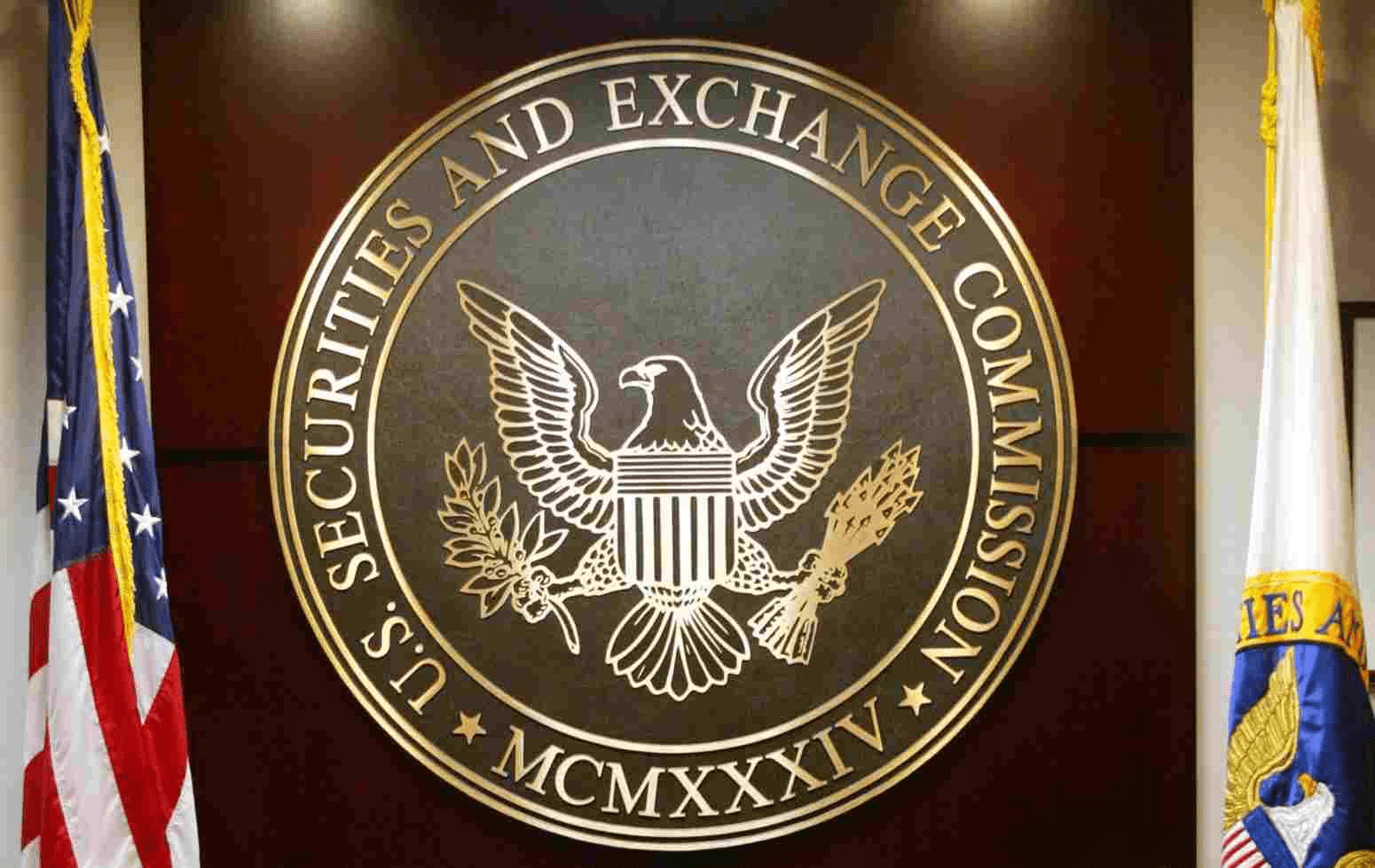A major earthquake in the crypto space: spot trading volume collapses, while the derivatives market celebrates against the trend.
In the second quarter of 2025, the cryptocurrency market presented a magical realism drama: Bitcoin prices surged, breaking through the $120,000 mark, but spot trading volume plummeted like a high-rise with its foundation pulled out, crashing 22% in a single quarter, shrinking from $4.6 trillion to $3.6 trillion. This figure is even more disastrous than the lows after the '3.12 crash' in 2024. Even more suffocating is that the average daily trading volume shrank by 23% year-on-year, with some altcoins directly becoming 'zombie coins', with liquidity nearly exhausted.
However, just as the spot market is in despair, the derivatives market is like it has taken a stimulant - the trading volume of perpetual contracts reached $20.2 trillion, only slightly down by 3.6%, occupying 93% of the entire market. Traditional giants like BlackRock and the Singapore Exchange are rushing in, and perpetual contracts have completely replaced spot trading, becoming the 'nuclear weapon' for institutions to harvest profits.
Is this drama of ice and fire a growing pain of market evolution or a carefully orchestrated 'de-retailization' conspiracy?

I. Institutions 'steal home': derivatives become the new casino
'Retail investors are still playing the spot market, while institutions are already on the leveraged war chariot.'
Perpetual contracts dominate the market: in the second quarter of 2025, the trading volume of perpetual contracts on the top ten centralized exchanges doubled year-on-year, while decentralized platforms surged by 138%. The Singapore Exchange announced the launch of Bitcoin perpetual futures, and Kraken listed forex perpetual contracts, with institutional investors arbitraging non-stop around the clock.
BlackRock's grand scheme: the world's largest asset management company BlackRock issues $1 billion in tokenized RWA, bringing government bonds and real estate onto the blockchain, using 'stable returns + blockchain transparency' as a double temptation to siphon off a large amount of funds originally flowing to the spot market.
High-frequency trading crushes retail investors: institutions complete openings and closings within 0.01 seconds through algorithms, while retail investors are still manually placing orders, and prices have already broken through support levels. A head of a quantitative team bluntly stated: 'The spot market is now the ATM for institutions.'
II. The regulatory 'Sword of Damocles' hangs overhead
'When the policy wind changes, the market turns upside down instantly.'
The U.S. SEC's 'delay tactics': postponing the approval of Bitcoin ETF physical redemptions directly leads to a collapse in market confidence. A crypto fund manager complained: without physical redemptions, the ETF is just a house of cards; which institution dares to enter the market on a large scale?
Global regulatory fragmentation: the EU is pushing for a compliant framework for RWA tokenization, while China strictly prohibits virtual currency trading, and Russia announces the use of Bitcoin to settle international debts. Policy uncertainty causes investors to 'vote with their feet', with funds flowing from the spot market to safer derivatives.
Geopolitical black swan: the escalation of the Middle East situation and the Fed's fluctuating interest rate cut expectations lead to a frenzy of funds flowing into the dollar and gold for safe haven, making the crypto market a 'spare tire'.

III. Technological upgrades 'kill' retail investors
'When Layer 2 and DeFi become mainstream, spot trading becomes an antique.'
Ethereum's double upgrade strikes: the Pectra and Fusaka upgrades increased Ethereum's network throughput threefold, and gas fees plummeted by 80%. However, after the upgrade, a large number of transactions migrated to Layer 2 and DeFi protocols, directly draining Ethereum's spot trading volume.
Stablecoins cut off the lifeline: although Tether, USDC, and other stablecoins hit new highs in market value, their value compared to Bitcoin remains below historical peaks. With fiat channels blocked, Coinbase's premium index continues to be negative, and retail investors have no money to add positions, only able to watch Bitcoin rise.
Micro-trading revolution: the low-fee characteristics of blockchain make 'buying content for 1 cent' possible, collapsing the traditional bundling sales model. A gaming platform builds Layer 2 through the TON blockchain, allowing players to make fragmented payments with Bitcoin, completely bypassing spot trading.
Future prediction: The crypto market will usher in a 'tripolar world'.
1. The derivatives market becomes 'oligopolized'
BlackRock, Fidelity, and other institutions will dominate the market, with perpetual contracts becoming mainstream tools, leaving retail investors either eliminated or reduced to 'counterparties' for institutions.
2. The spot market becomes 'marginalized'
Bitcoin, as 'digital gold', continues to attract long-term holders, but trading volume may shrink further to below $2 trillion, with 90% of altcoins disappearing.
3. The 'watershed' of policy emerges
If the U.S. passes pro-crypto legislation, New York may become a 'crypto special zone'; after the EU's RWA regulation is implemented, the tokenization of traditional assets will ignite the next bull market.
Retail survival guide: evolve or exit
Embrace derivatives: learn to arbitrage perpetual contracts, but beware of 'liquidation' risks; it is recommended to test the waters with 1%-3% of funds.
Betting on the RWA track: tokenized government bonds and real estate are the new favorites of institutions, positioning in related projects in advance.
Stay away from altcoins: 90% of altcoins will go to zero by 2025, focusing only on Bitcoin, Ethereum, and leading Layer 2 projects.
I wonder what everyone thinks, feel free to leave comments and discuss!!
Click on my profile picture and follow me, let me know what you think of the current market? Let's chat in the comments! The crypto space has both opportunities and risks; staying vigilant and timing is key.
$BTC
$ETH
$SOL


